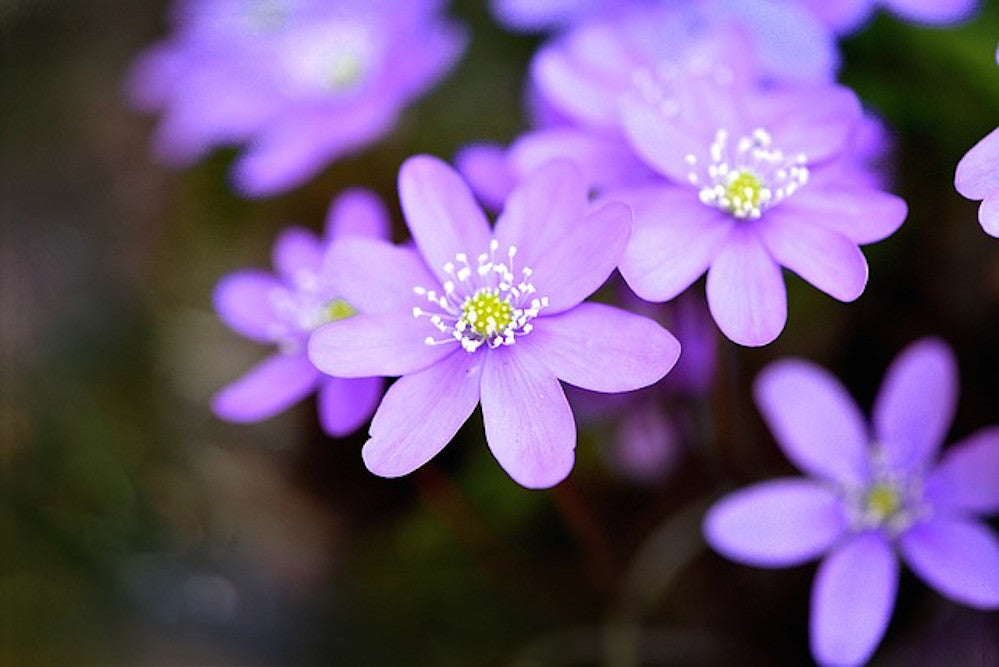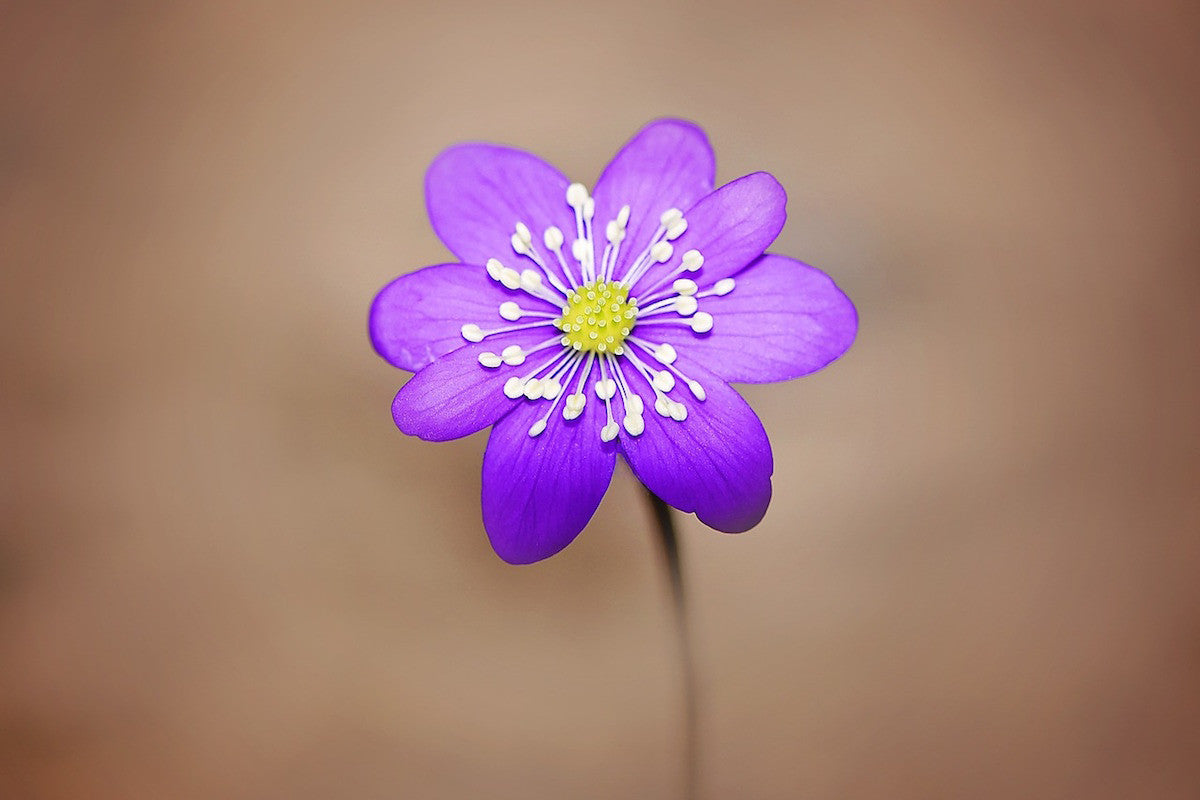Hepatica 'Forest Purple' (Forest Series)
Approx. 0.5 litre pot
About this cultivar:
Hepatica 'Forest Purple' (Forest Series) provides rich purple, bowl-shaped flowers on top of slender stems in early spring, usually as the round or slightly lobed foliage is emerging. Quite rare, some times flushed white towards the centre of the flower.
- Position: Full sun, partial shade
- Soil: Almost any soil, grows well in Ballyrobert
- Flowers: March, April
- Other features: Grows well in Ballyrobert, Woodland Plant
- Hardiness: Fully hardy - grows well in Ballyrobert!
- Habit: Clump forming
- Foliage: Semi evergreen
- Height: 0 - 10 cm (0 - 0.3 ft)
- Spread: 0 - 10 cm (0 - 0.3 ft)
- Time to full growth: 5 to 10 years
- Plant type: Herbaceous Perennial
- Colour: Green, purple
- Goes well with: They look fantastic when allowed to form good-sized clumps, particularly when planted in association with other spring-flowering woodlanders. Try Polypodium and Vinca.
About this genus:
Hepatica is a genus of herbaceous perennials in the buttercup family, native to central and northern Europe, Asia and eastern North America. Some botanists include Hepatica within a wider interpretation of Anemone. Hepatica is named from its leaves, which, like the human liver (Greek hepar), have three lobes - hence the common name Liverleaf. It was once used as a medicinal herb. Owing to the doctrine of signatures, the plant was once thought to be an effective treatment for liver disorders. Hepatica cultivation has been popular in Japan since the 18th Century (mid-Edo period), where flowers with doubled petals and a range of colour patterns were developed.
A small plant, Hepatica usually has flowers with pink, purple, blue, or white sepals and three green bracts appear singly on hairy stems. The leaves are basal, leathery, and usually three-lobed, remaining over winter.
It will grow in a wide range of conditions; it can be found either in deeply shaded deciduous woodland and scrub or grassland in full sun. We've been know to grow ours around paths. Hepatica will also grow in both sandy and clay-rich soils, as long as they don't dry out.
They look fantastic when allowed to form good-sized clumps, particularly when planted in association with other spring-flowering woodlanders. Try Polypodium and Vinca.




